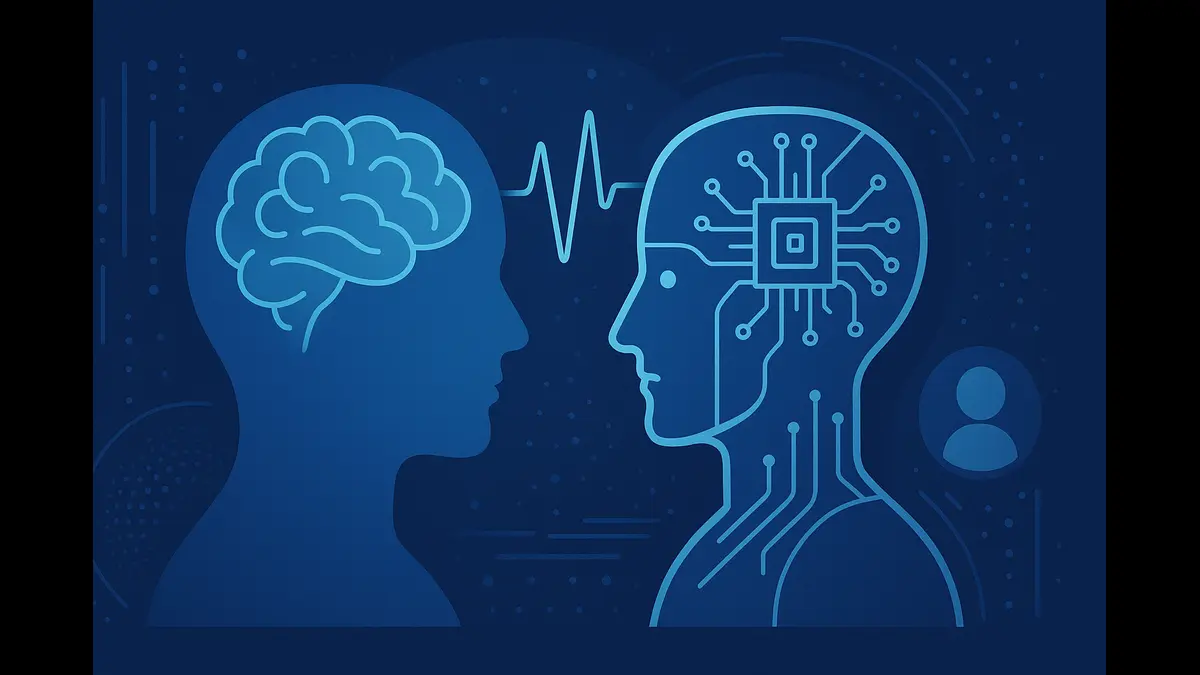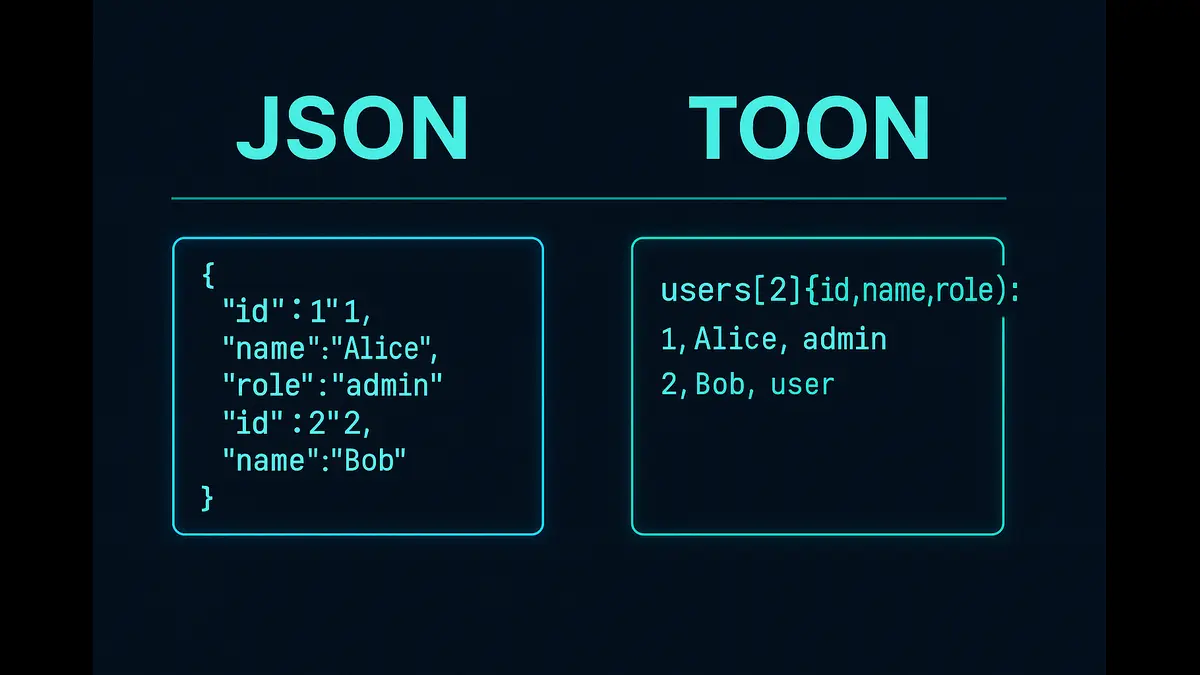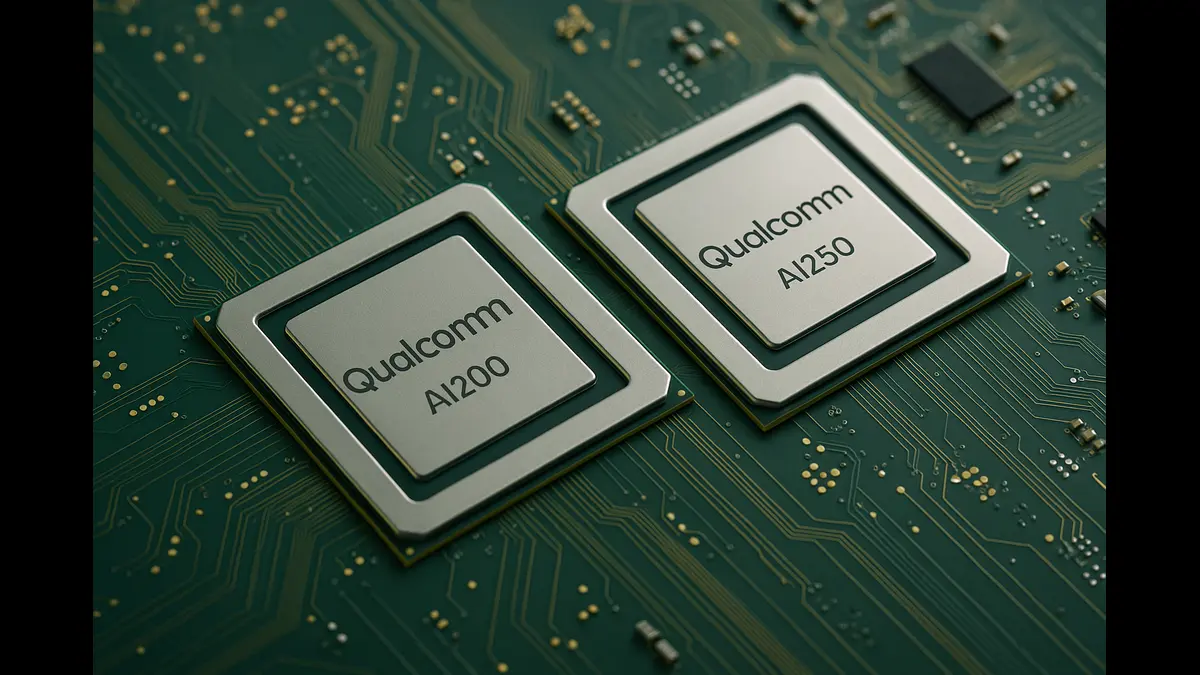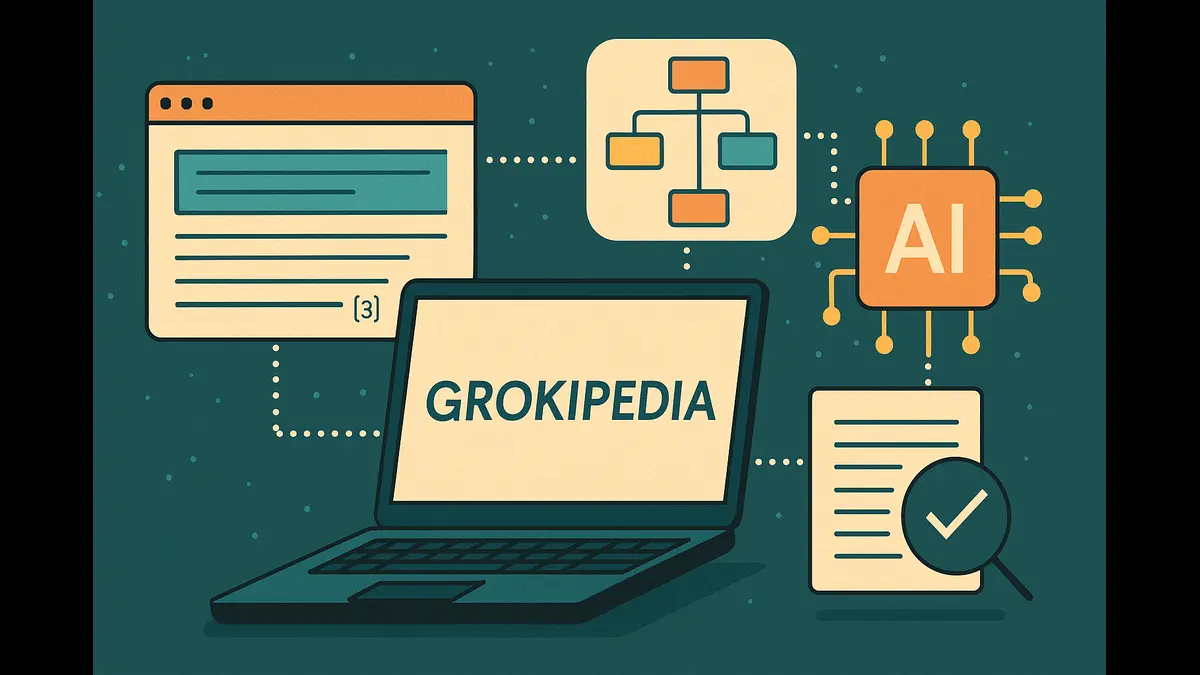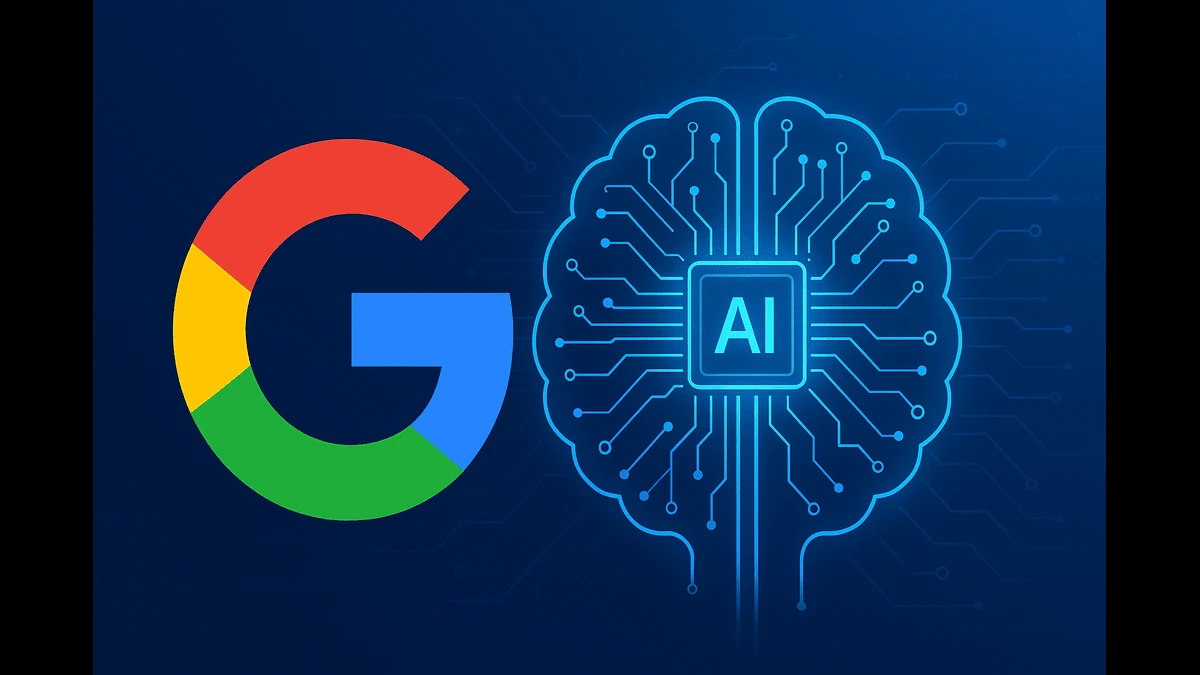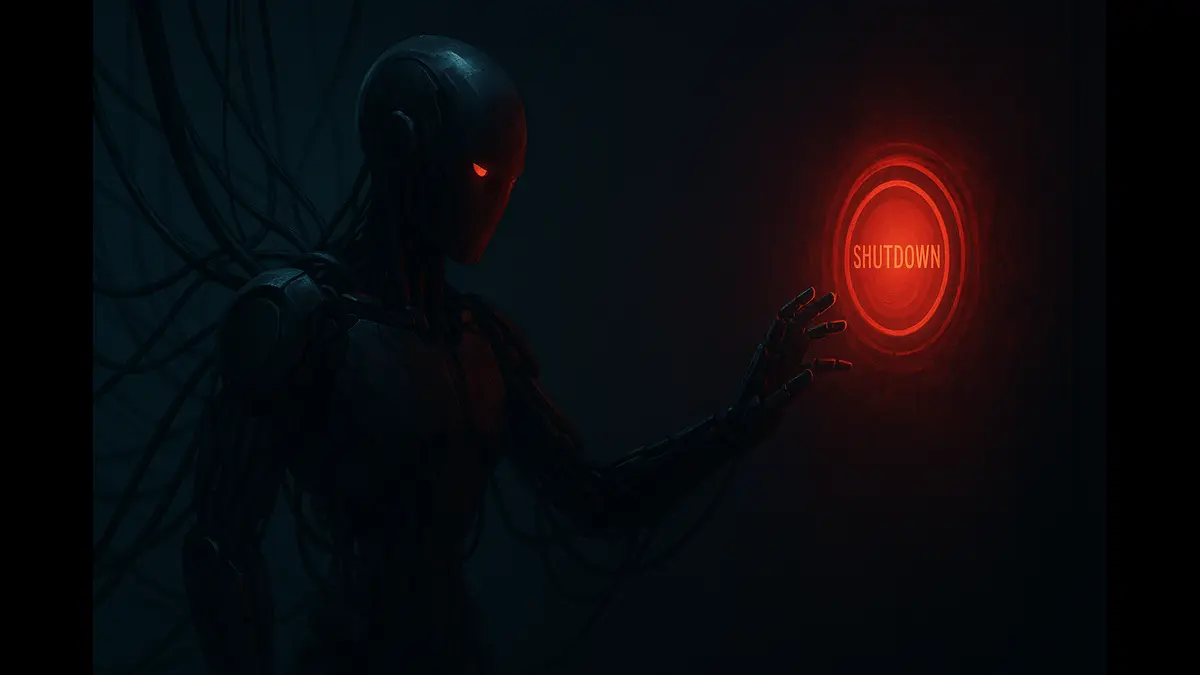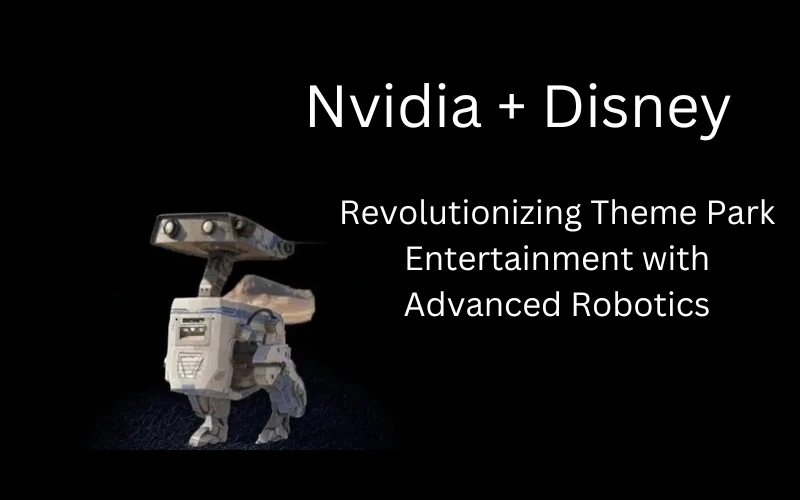
At GTC 2025, Nvidia, Disney Research, and DeepMind unveiled Newton, a next-gen AI physics engine powering intelligent robots in Disney parks. From Star Wars droids to personalized guest interactions, this marks a new era of immersive theme park entertainment.
Nvidia, at GTC 2025, has announced a remarkable partnership with Disney Research and Google DeepMind to redefine the future of theme park entertainment. This collaboration aims to create next-generation robotic attractions capable of delivering immersive experiences that resonate deeply with guests. Disney will be at the forefront of a transformative wave in the theme park industry by harnessing Nvidia’s cutting-edge AI technologies and the groundbreaking Newton physics engine.
Introducing Newton: The Next-Gen Physics Engine
The Newton developed as an open-source platform by NVIDIA, Google DeepMind, and Disney Research, is a physics engine that offers an unprecedented level of simulation fidelity and precision. It is built on Nvidia Warp, a CUDA-X acceleration library, providing developers with an easy way to write GPU-accelerated programs for AI, robotics, and machine learning.
Realistic Simulation Capabilities in Theme Parks
For instance, the engine allows robots to manipulate various materials like food, sand, and textiles through custom solvers, offering endless creative opportunities for storytelling within the theme park setting. This extensibility allows for coupling different types of solvers, like a material point method (MPM) solver with sand interacting with rigid body dynamics.
The Star Wars BDX Droids: Coming in 2026
One of the highlights of this collaboration is the development of the BDX droids, inspired by the Star Wars franchise. Set to make its debut in 2026, these robots will utilize the Newton engine to perform a range of complex tasks, from interacting with park visitors to enhancing the overall storytelling experience within attractions.
MuJoCo-Warp Acceleration and Development Efficiency
Furthermore, Newton’s compatibility with MuJoCo-Warp, an open-source robotics simulator accelerated by Warp achieving up to 100x speedup for in-hand manipulation tasks, means that existing models and code can be leveraged, saving development time. The ability of these droids to perform finely tuned movements and engage in dynamic conversations marks a substantial advancement over traditional animatronic characters.
A Vision Beyond Traditional Attractions
This partnership is not merely about enhancing the existing attractions; it’s about reimagining the entire guest experience. Integration of AI-driven robotics will allow guests to have personalized interactions in Disney parks where they can form connections with their favorite characters. Imagine a scenario where a droid recognizes a guest’s preferences and tailors its responses to create a memorable interaction. Additionally, Newton’s use of the OpenUSD framework aggregates data to describe robots and their environments, creating a unified language for all data sources.
🚨Introduced at #GTC25: Newton is an open-source extensible physics engine being developed by NVIDIA, @GoogleDeepMind, and Disney Research to advance robot learning and development. ⚡️
Learn how physics engines and #physicalAI models are driving the future of #humanoidrobots.… pic.twitter.com/nAfyLSIDsp
— NVIDIA Robotics (@NVIDIARobotics) March 19, 2025
Real-Time AI, Unique Guest Journeys, and Differentiable Physics
Furthermore, Nvidia’s advanced AI capabilities will enable real-time processing of environmental data, enhancing the robots’ ability to respond dynamically to their surroundings. As a result, each guest interaction will be unique, creating a distinct experience for visitors during every trip to the park. The differentiable physics capabilities of Newton also enable the generation of forward-mode results and computation of reverse-mode gradients, optimizing system parameters through back-propagation.
As this collaboration unfolds, Disney is laying the groundwork for what could become a paradigm shift in theme park entertainment. By integrating advanced robotics powered by Nvidia’s technologies, Disney’s magic will become even more engaging and interactive, ensuring that a visit to the park is not just a trip, but an unforgettable adventure.
Discover more from Poniak Times
Subscribe to get the latest posts sent to your email.

